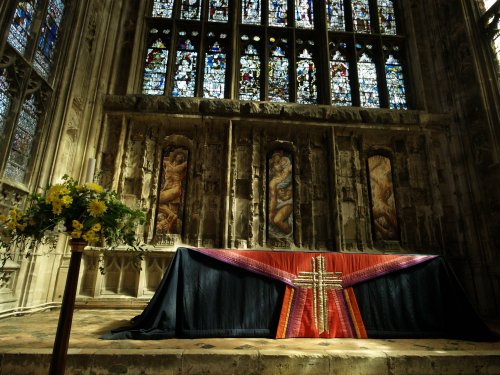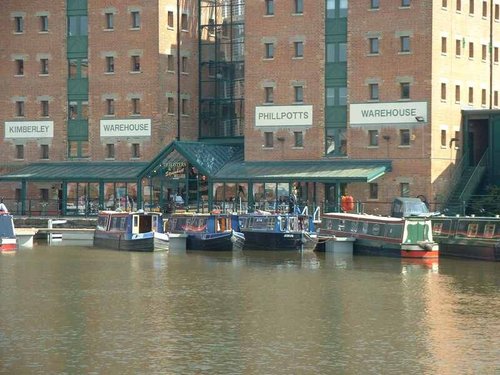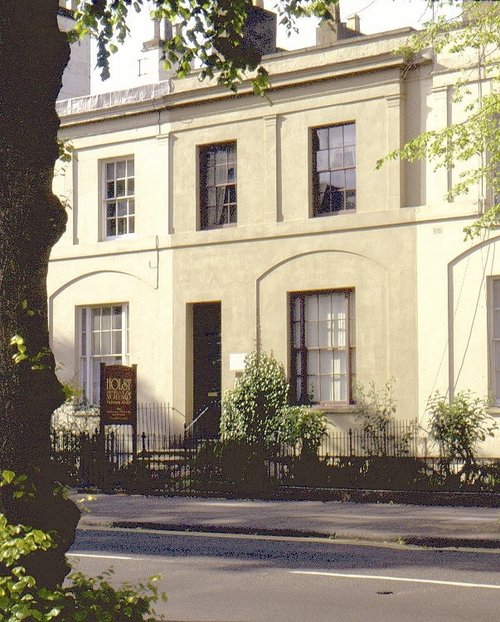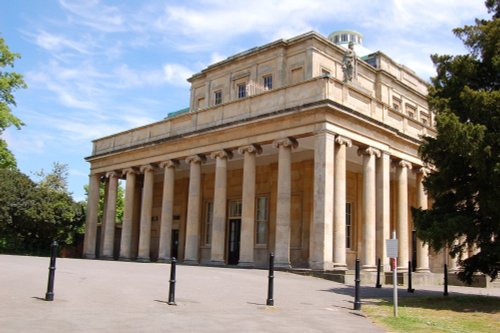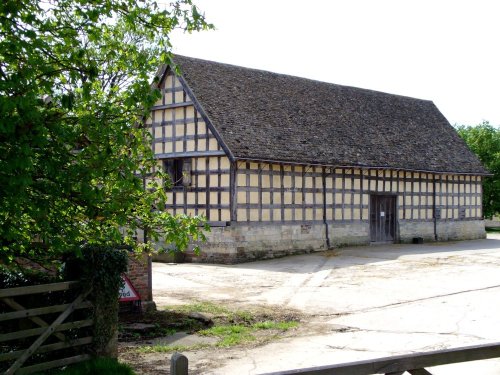Pictures of Gloucester
About Gloucester
Looking at the lively City we see today, it is hard to believe that Gloucester was once a tiny port on the River Severn. When the Romas came, they named the port Glevum and fortified it in order to guard the roads to Wales. The gates of the old Roman town lie beneath Gloucester's main streets - Southgate, Northgate, Eastgate and Westgate. Visible remains from the Roman period can be seen in the City Museum.
Gloucester prospered and thrived throughout the centuries but it's abiding triumph is a legacy from the Norman period, it's inspiring and lofty Cathedral. Historically, the Abbey of St.Peter, Gloucester was founded before the Norman Conquest, however, as with many other English abbeys, was reformed soon after the arrival of the Normans. Serlo, was the first Norman abbot and it is he that began the existing building in 1089 when the main work was completed in time for the consecration of 1128. The east end of the Cathedral was remodelled by skilled London masons after Edward II was buried there. The Cathedral has an impressive nave lined with piers supports Romanesque, triforium and clerestory. The trancepts and choir are among the earliest examples of Perpendicular style. The memorial window to the dead of the Battle of Crecy in 1346, is the largest stained glass window in England and depicts the Coronation of the Virgin. Measuring 72ft x 38ft this window is one of the glories of this great Cathedral. The cloisters of the Cathedral date 14th-century and show the earliest surviving fan vaulting. In the south walk, carrels-miniture studies, used by monks for reading and working. Rising majestically to form a landmark above the city is the magnificent pinnacled Cathedral tower, an addition of the 15th-century. The bell tower houses the heaviest medieval bell in England. This great Cathedral is a glorious historical treasure chest. A place of elaborate beauty, the Cathedral has a magical atmosphere and is a constant source of fascination and amazement. Interestingly, most latterly the Cathedral was used for scene's shot for the Harry Potter film.
This is a City that has a great deal to offer, it has beautiful old buildings, attractive gardens and parks and miles of lovely waterways. Gloucester Docks have been mostly refurbished and the buildings are a joy. The docks and waterways are thronged with gaily coloured craft, a trip on the river is not to be missed - it will be a source of constant delight.
Historic buildings to see include; Bishop Hooper's Lodging, The Guildhall, Blackfriars, House of the Tailor of Gloucester, the National Waterways museum and the antique centre is housed in a converted 19th-century warehouse in the docks area.
The City is surrounded by fine Gloucestershire countryside, mostly agricultural interspered with lovely old villages, showing glowing Cotswold stone properties and some, belonging to an earlier period, have magnificent half-timbered black and white houses and cottages. There are many splendid churches to be seen including the beautiful Tewkesbury Abbey and there are the famous 'wool' churches of the many prosperous Cotswold villages scattered throughout Gloucestershire. Other historic buildings include - Ashleworth Manor and Tithe Barn, Berkeley Castle, Frampton Court, Llanthony Priory, St.Briavels Castle, The Forest of Dean Railway and the Heritage Centre at Wooton-under-Edge, to name but a few. There are several Wildlife and Waterfowl sancturies in Gloucestershire as well as fields full of Hops, and Orchards bright with rosy red apples, ripe pears and golden plumbs. The City offers a wide cultural experience and there are plenty of pleasant inns and public houses both in the City centre and surrounding towns and villages. This is a place to be enjoyed and from which you will take many memories.
